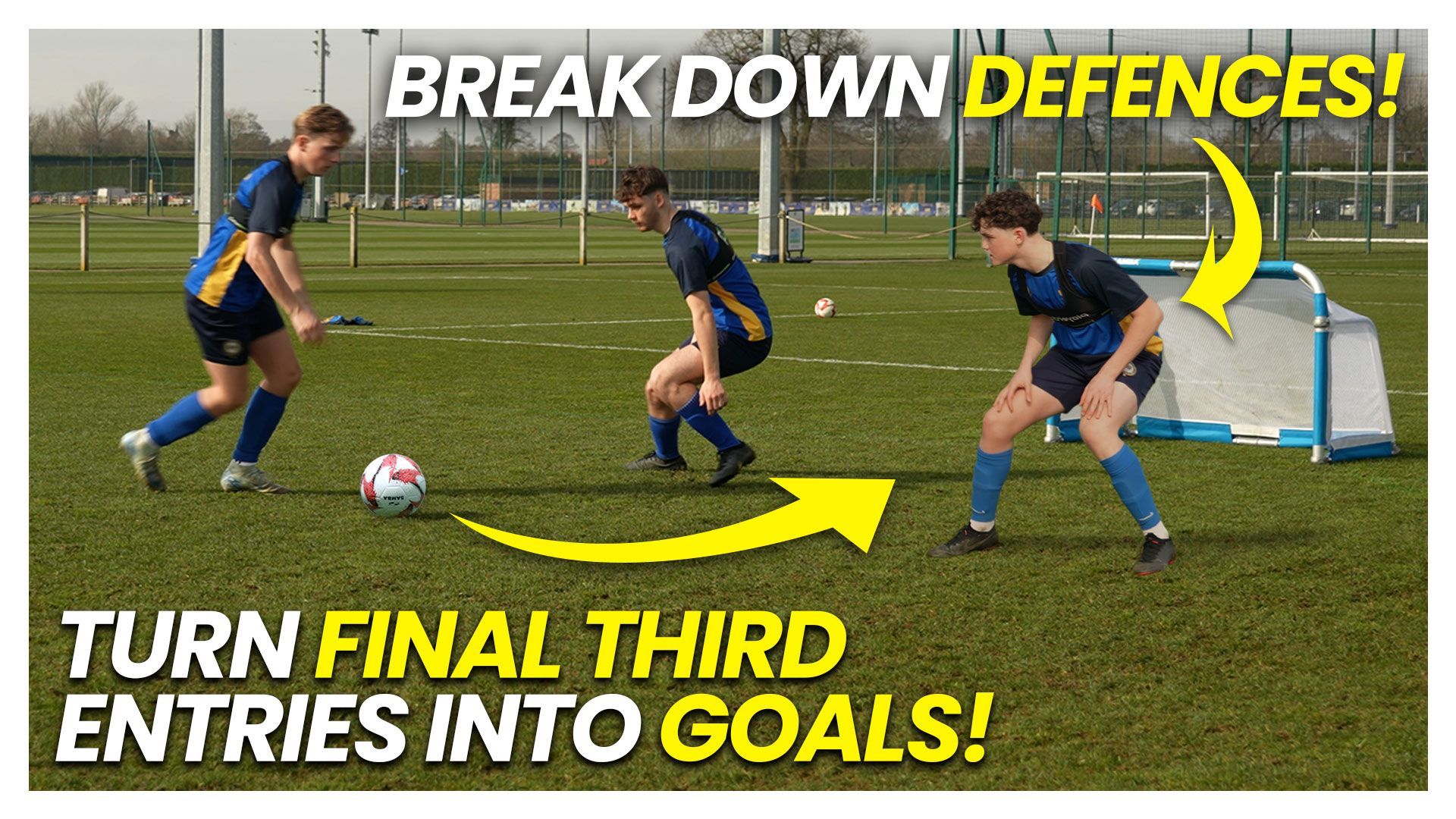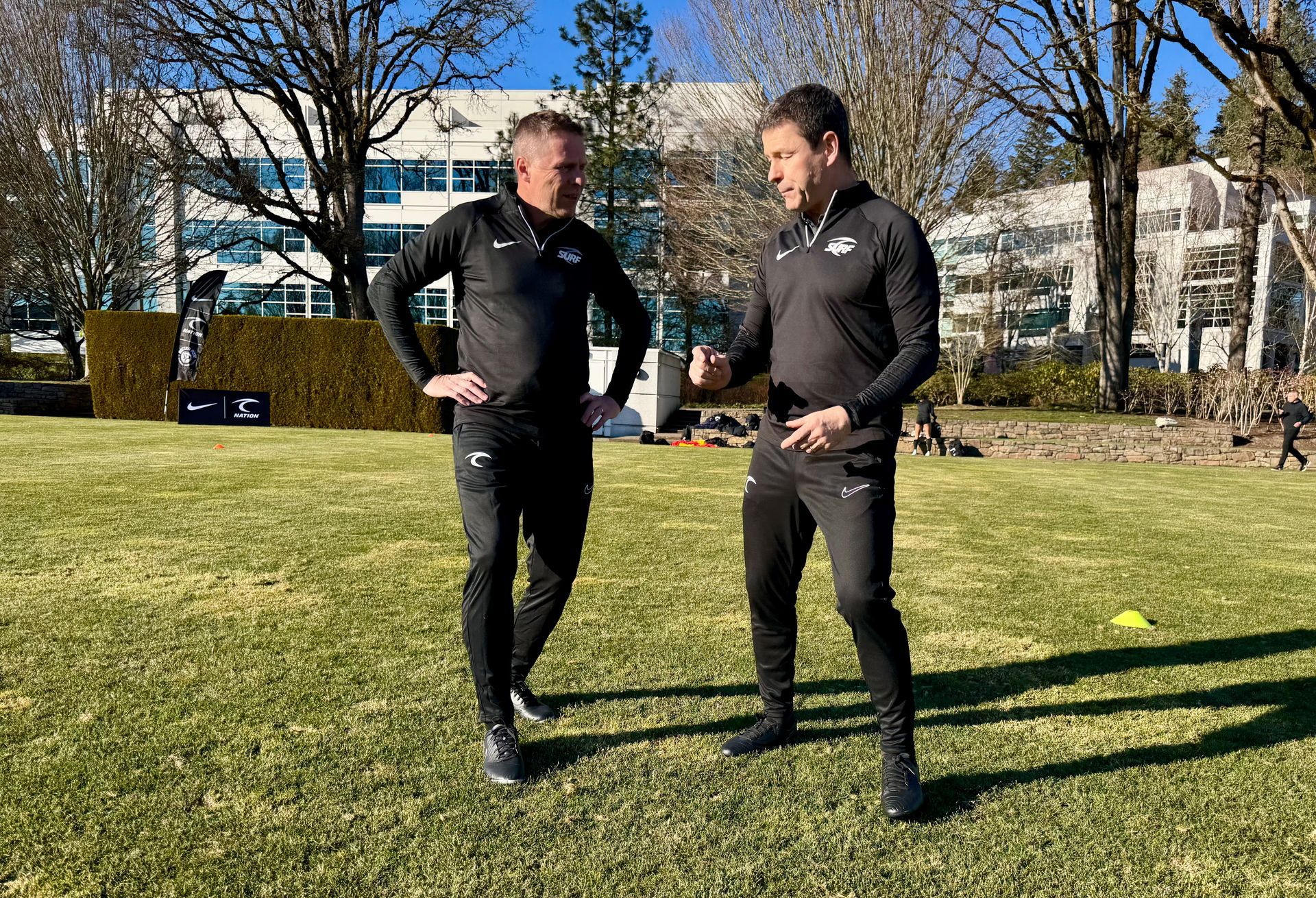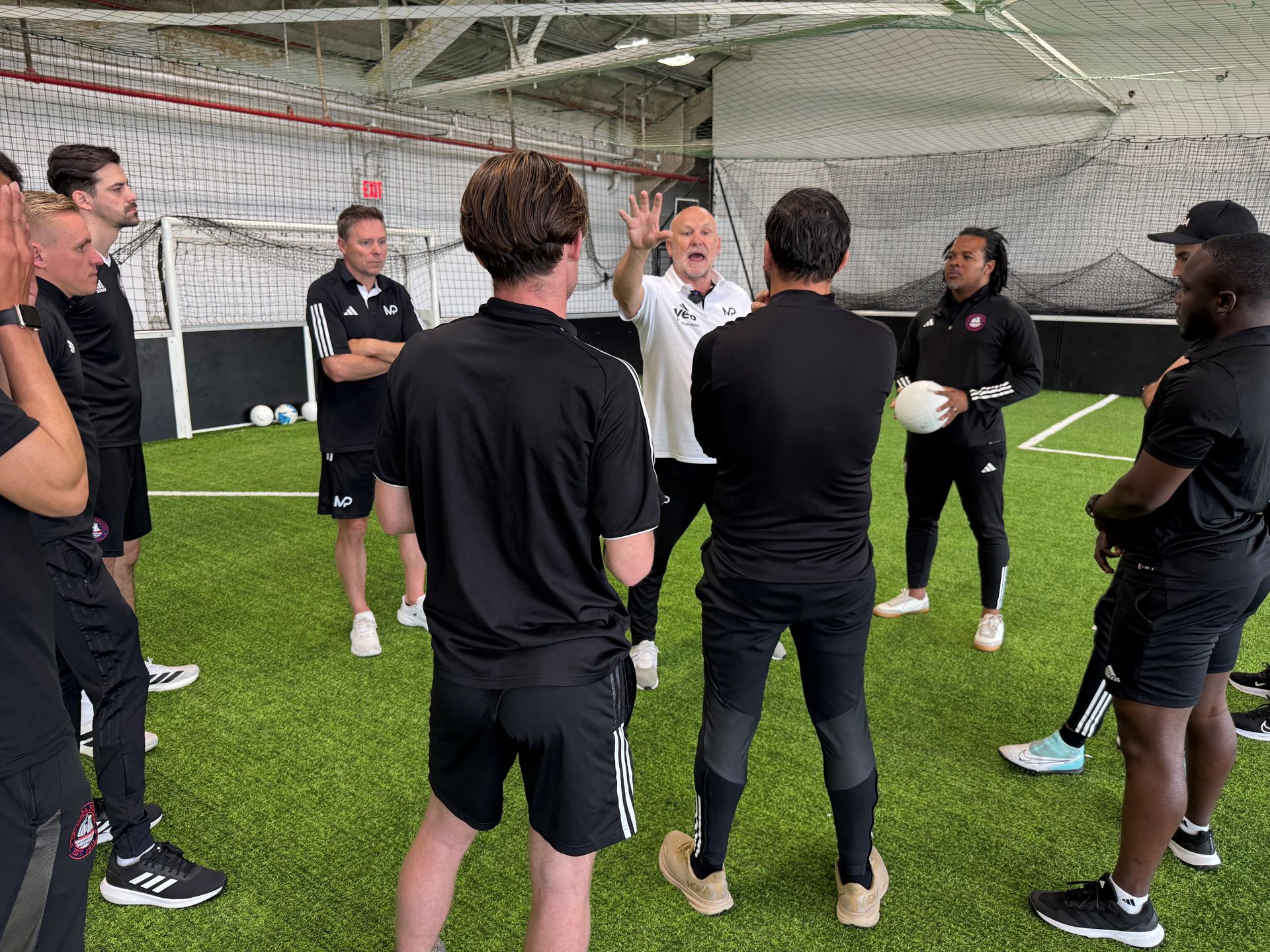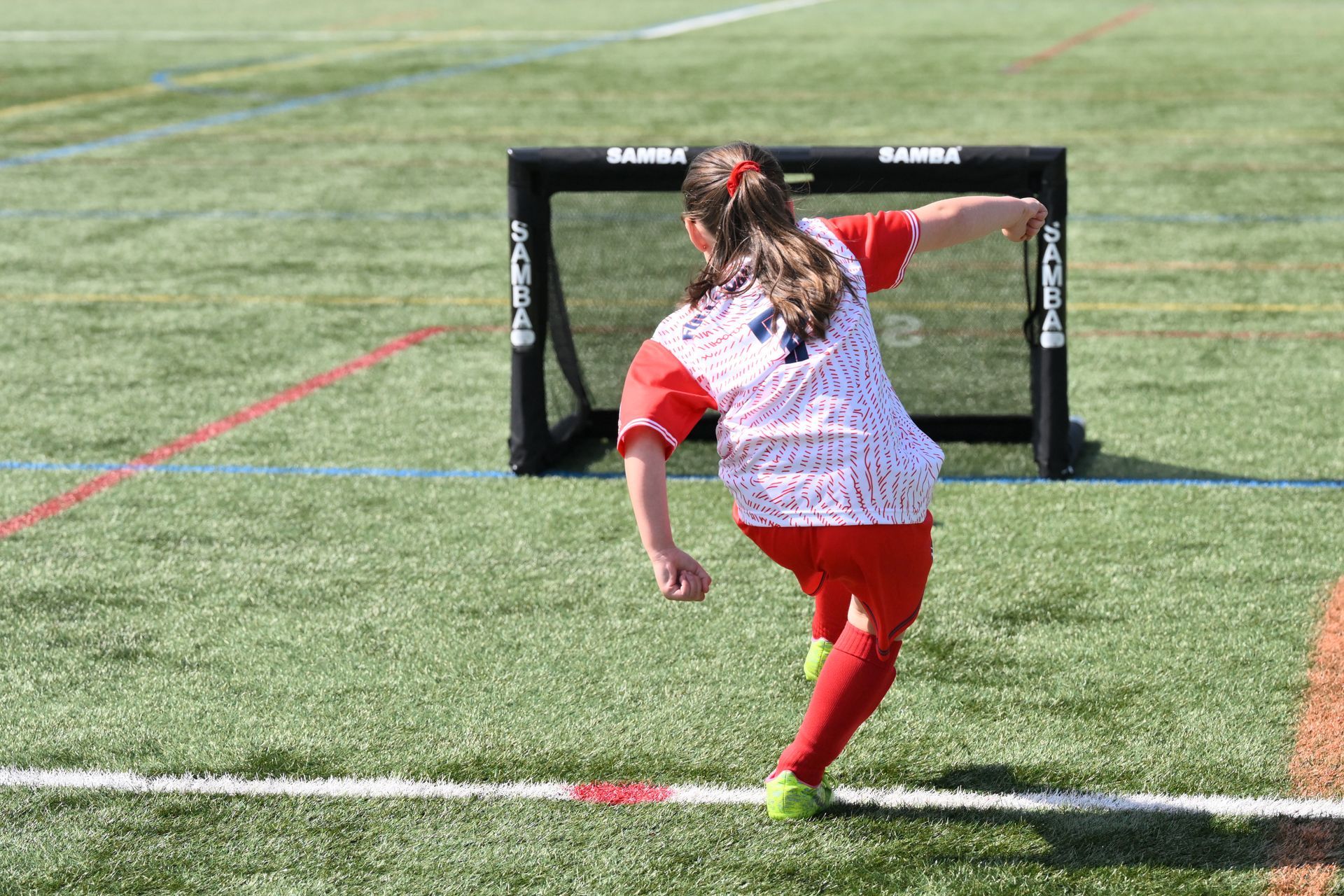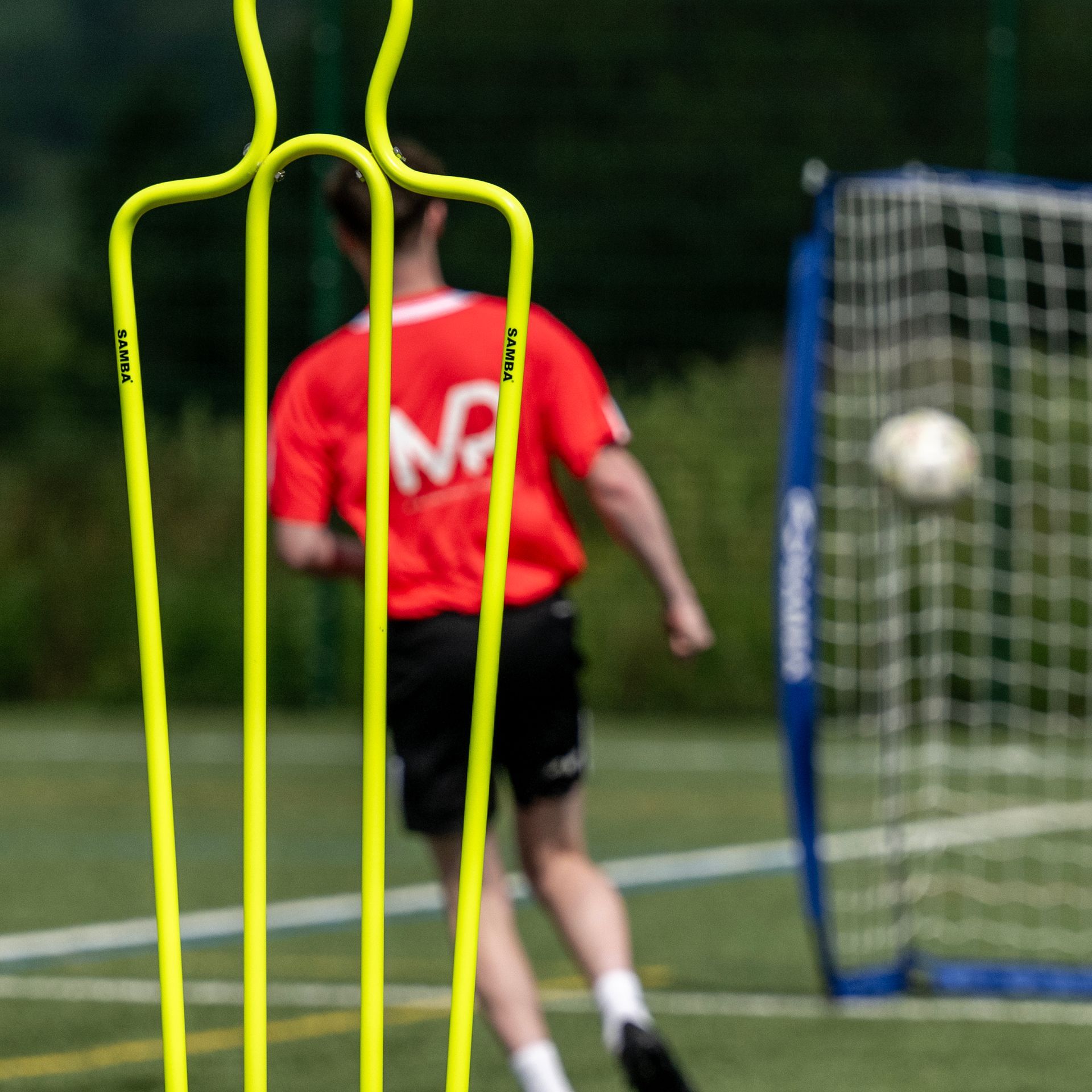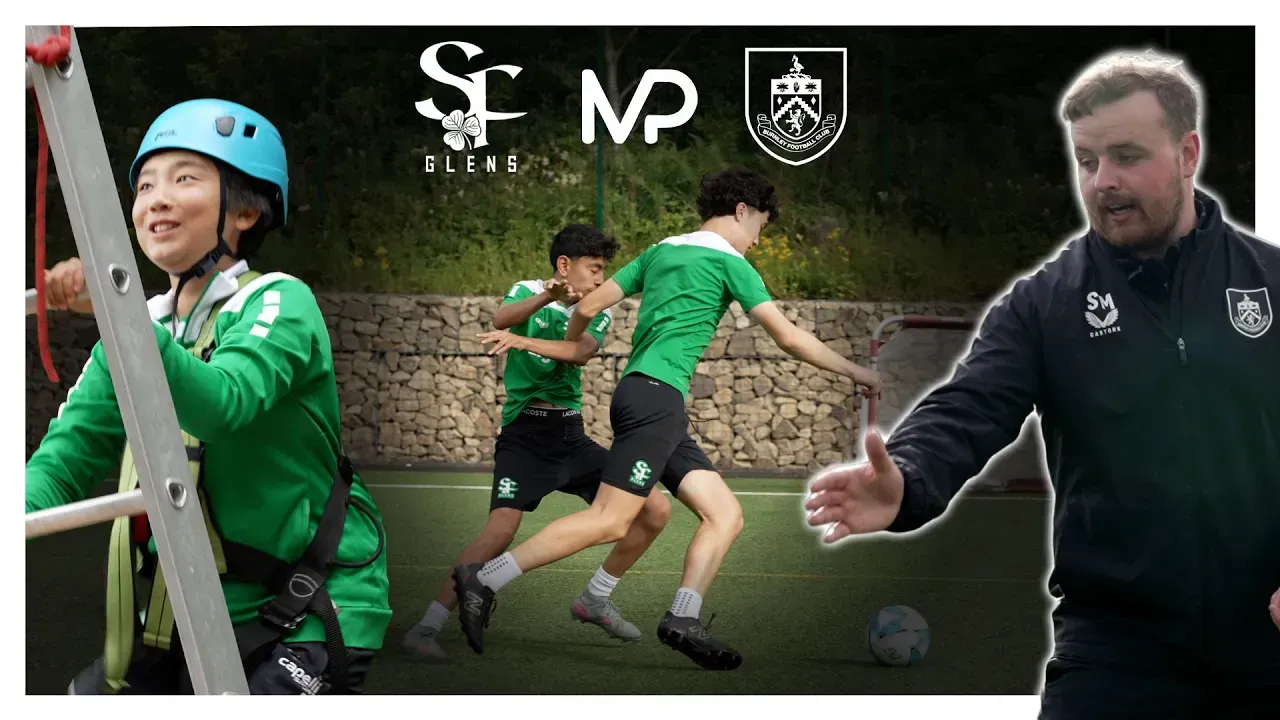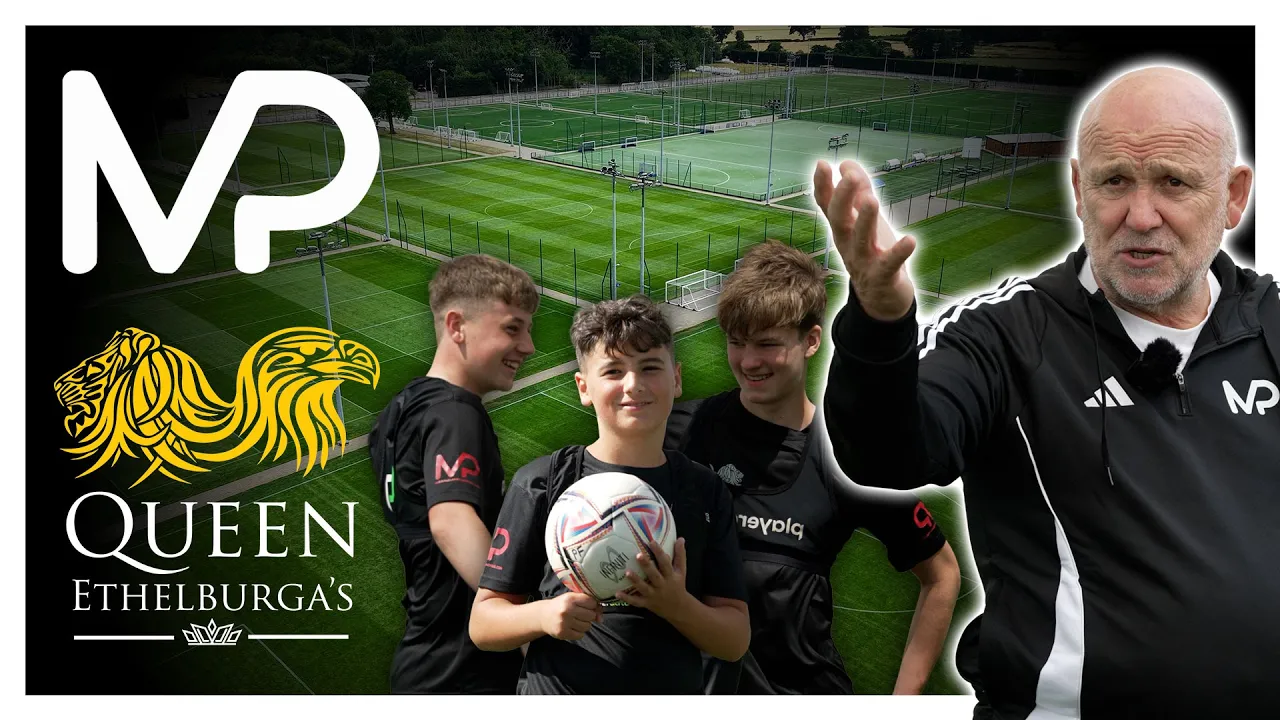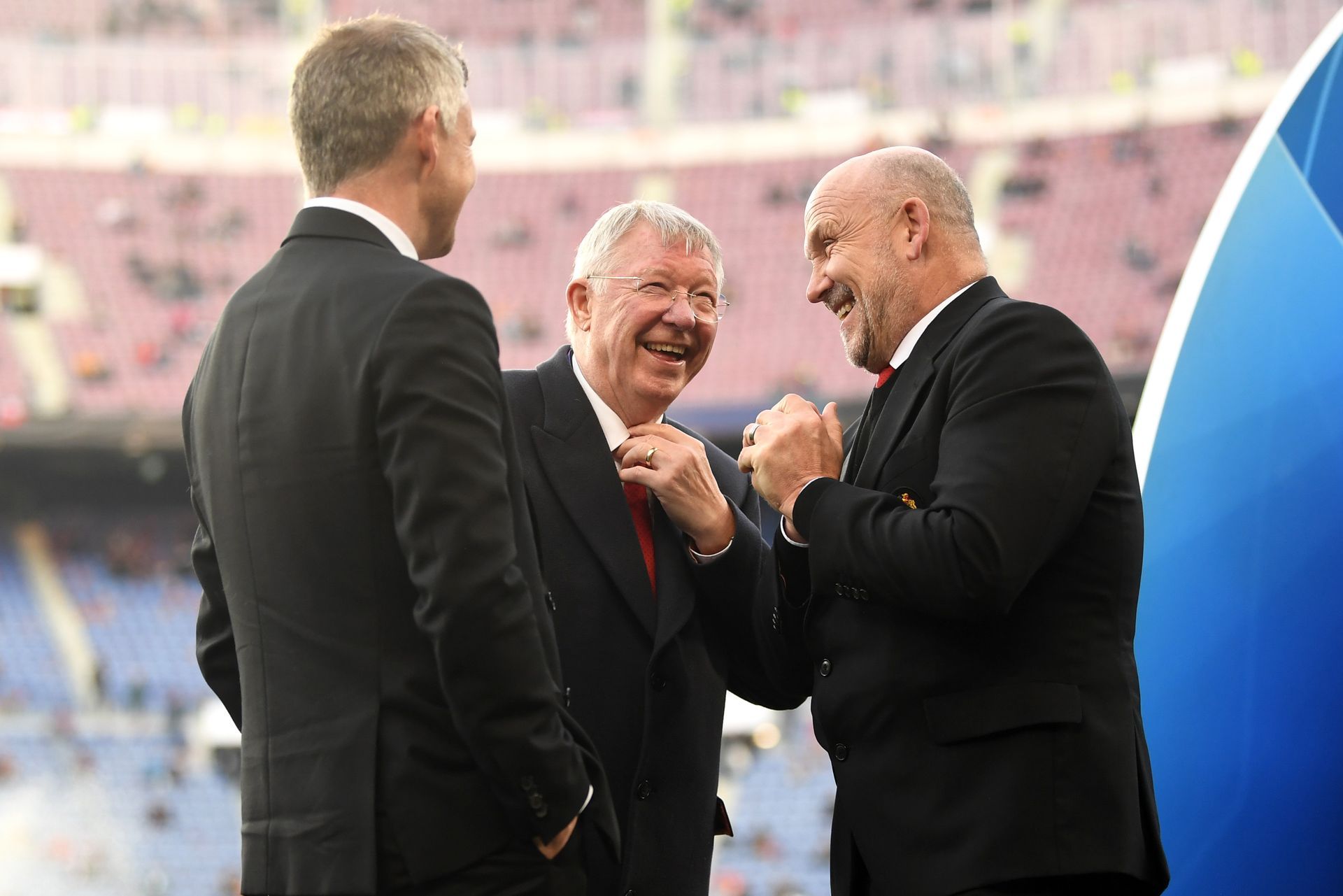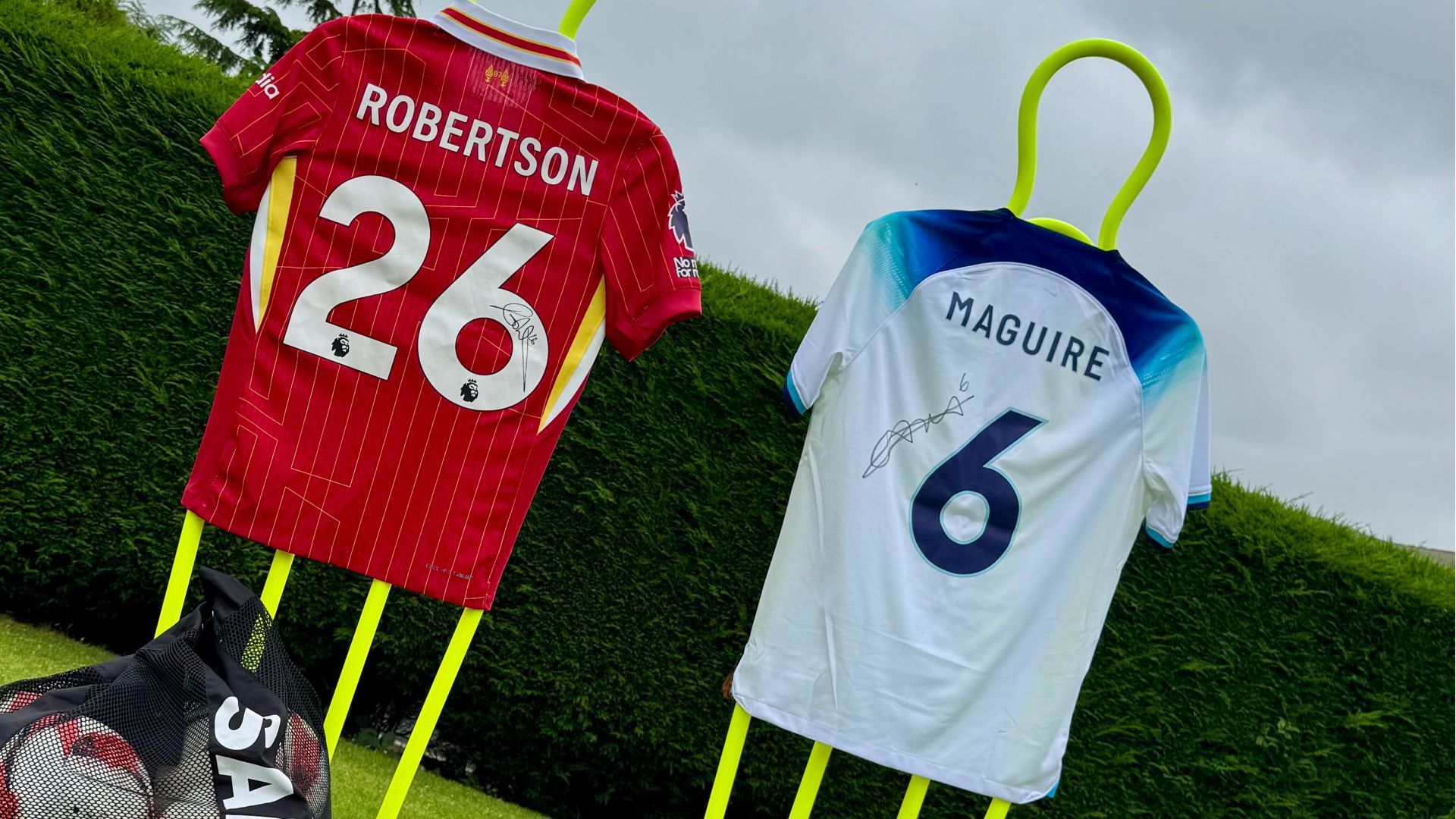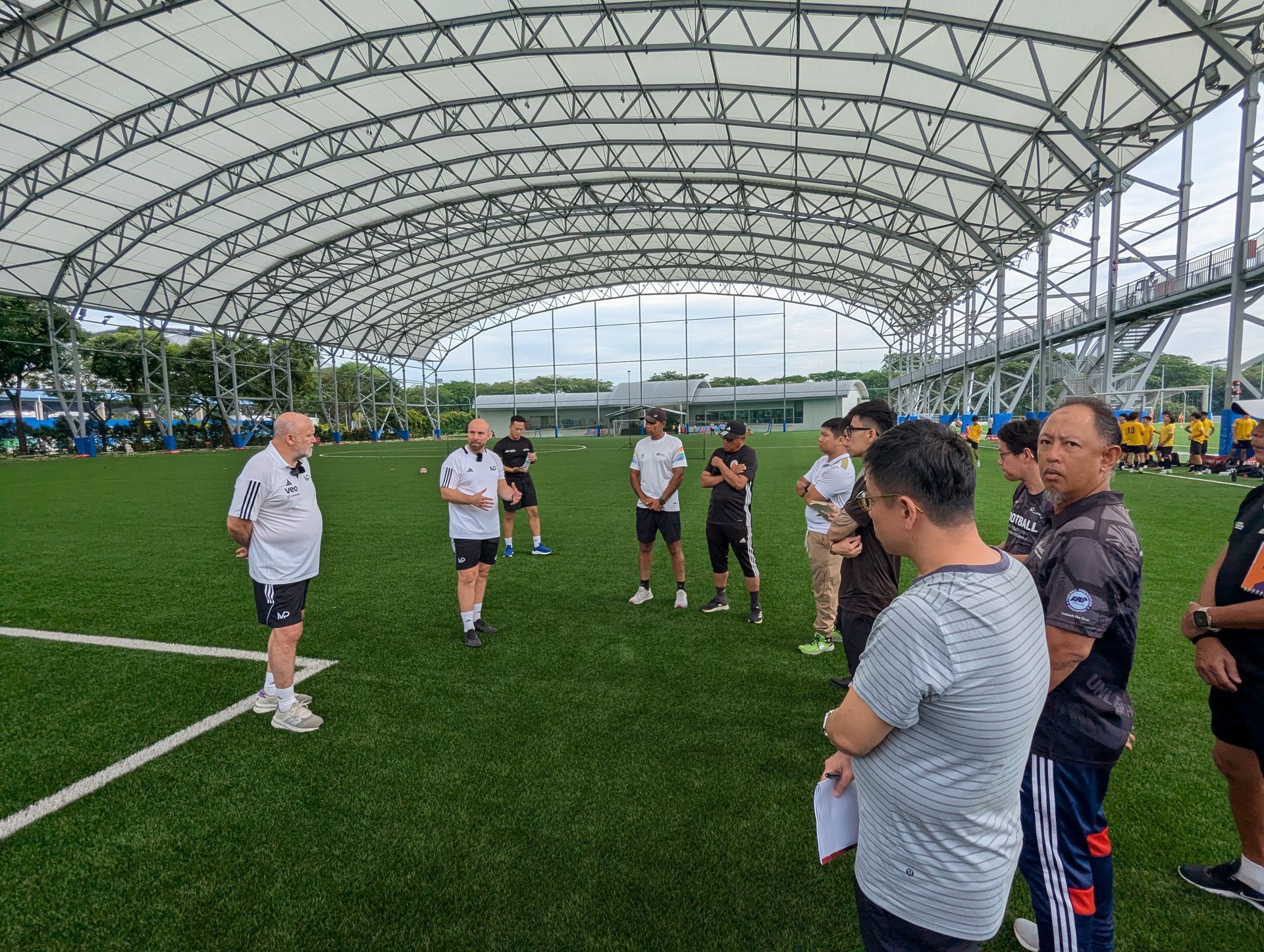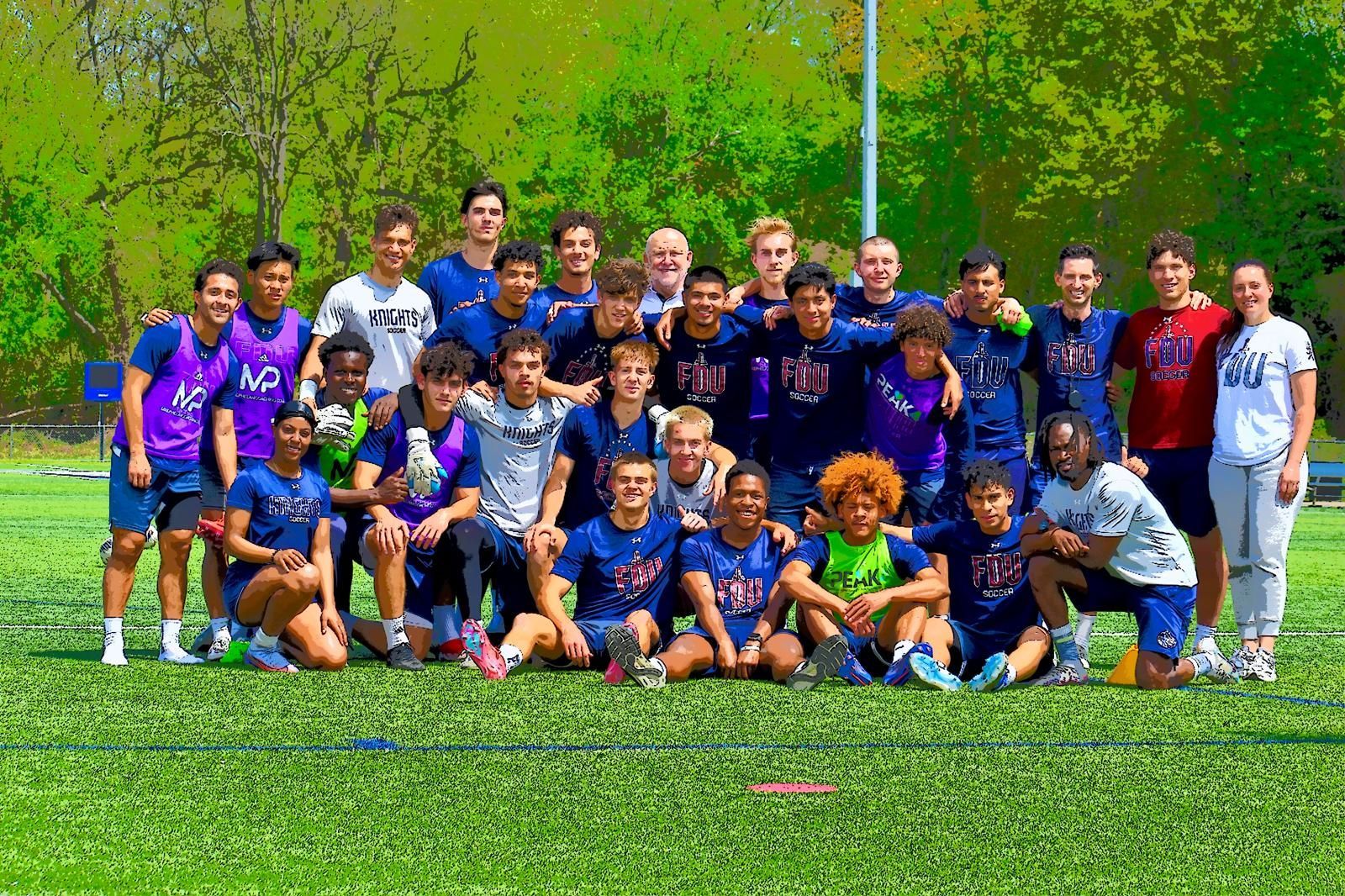The English FA’s 3v3 Football Initiative: A Game-Changer for Youth Development
In a bold move to reshape grassroots football, the English Football Association (FA) has unveiled its FutureFit initiative, introducing a 3v3 format for Under-7 players starting in the 2026–27 season. This shift reflects a growing global trend and a deep commitment to nurturing young talent through formats that align with their developmental needs
WATCH THE VIDEO: MP Coaching 3 v 3 training with Neil Harris
⚽ Why 3v3? The Ideology Behind the Format
The FA’s decision is rooted in extensive research and a child-centered philosophy. Traditional formats like 5v5 often leave young players disengaged, with limited touches and passive roles. In contrast, 3v3 is designed to maximize participation, decision-making, and enjoyment.
Key ideological pillars include:
• Inclusivity: Every child plays, with no goalkeepers, substitutes, or officials.
• Autonomy: Players make their own decisions, fostering independence and creativity.
• Activity: Smaller teams mean constant movement, more touches, and fewer long pauses
🧠 Tactical and Technical Benefits
🔧 Technical Development
• More Ball Time: With fewer players, each child gets significantly more touches, accelerating skill acquisition in running with the ball, dribbling, passing, defending, support movement with and without the ball and shooting.
• Improved Control: Tight spaces demand better ball control and quick feet, refining technique naturally. However even when playing in an open field (as opposed to enclosed pitch) as is demonstrated by Neil Harris the coaches should encourage players to run the ball back into play and as a result minimise switching off amongst all 6 players involved.
🧠 Tactical Awareness
• Decision-Making: The game itself and the kind of play the format creates forces players to think quickly, enhancing spatial awareness and tactical choices in a part self learning part guided environment.
• Teamwork and Communication: With only three players, collaboration becomes essential, teaching young children how to support, cover, communicate, and rotate effectively.
🏃 Physical and Mental Engagement
• Higher Intensity: Constant involvement boosts fitness and stamina.
• Confidence Building: Frequent success and active roles help children develop self-belief and resilience regardless of their ever changing role within the game.
Practical Implementation
The FA has made it easy for clubs to adopt the format. A standard 5v5 pitch can host up to four 3v3 games simultaneously, using existing resources. This scalability ensures widespread adoption without major infrastructure changes.
MP Coaching youth development expert Neil Harris commented
"Across my 21 years working in player development within the Manchester United system, and years prior in grassroots football, small-sided formats like 3v3, 2v2, and even 1v1 have always been central to my coaching philosophy.
For me, this approach doesn’t stop when players enter the Professional Development Phase. In fact, I believe many older players would still love, and benefit from the opportunity to play more small-sided football.
The benefits are timeless, as you can see in these videos. With minimal intervention, I simply guided and supported their learning, which created more touches, more 1v1 moments, and more chances to build overloads and make game-related decisions under real pressure.
It’s also about embracing the full cycle of play, losing the ball, winning it back, and trying again, because that’s what builds resilience, understanding, and creativity.
I’ve always believed that small-sided football is the foundation of lifelong development, not just an introduction to the game"
#FA # 3v3 #PlayerDevelopment #ManUtd #Football #Soccer #Coaching
Recent Posts
